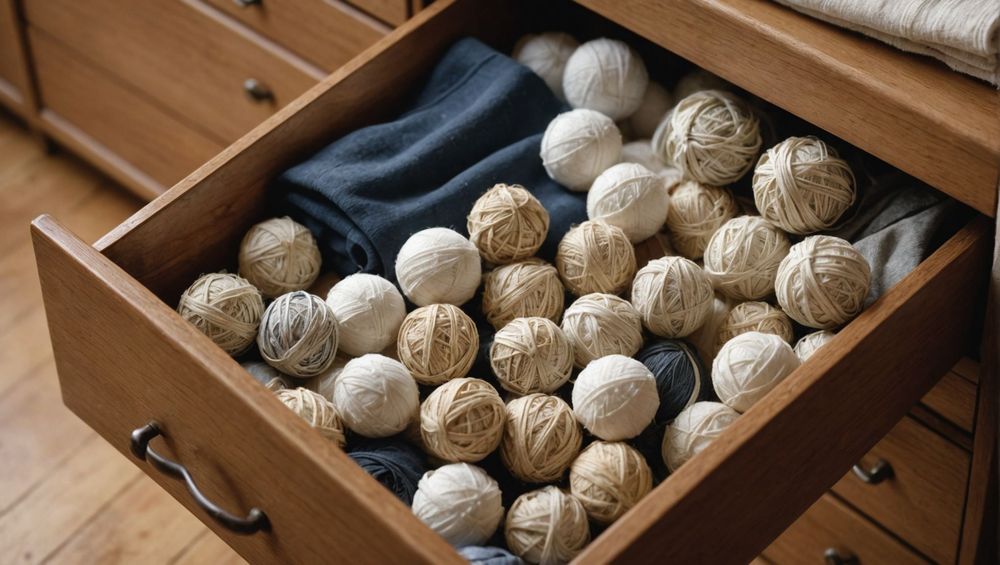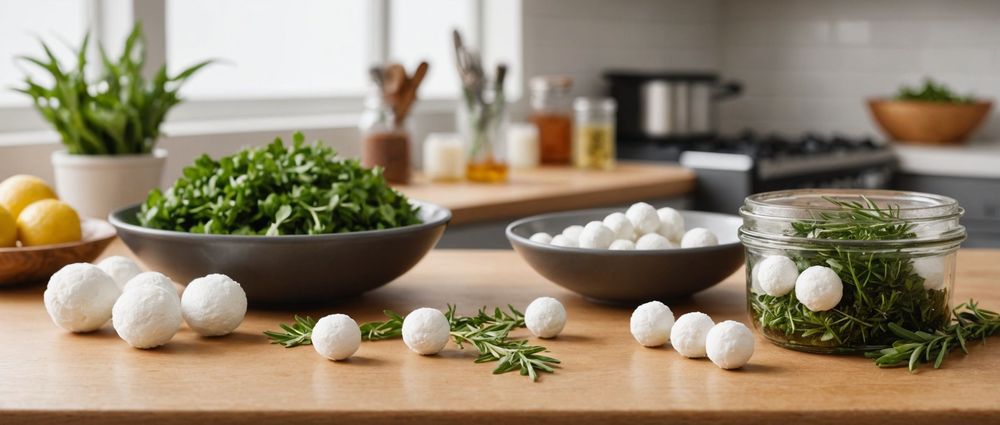What is in Mothballs?

Mothballs are small, round pellets or balls made from various chemical compounds, primarily used to protect clothing and other fabrics from moth damage. The main ingredients traditionally found in mothballs are either naphthalene or paradichlorobenzene, both known for their strong odor and insect-repelling properties. This article delves into the composition of mothballs, their functionality, safety concerns, and the alternatives available in the market.
The Main Ingredients of Mothballs

The primary active ingredients in mothballs serve to deter moths and other fabric pests. The two most common compounds used in mothballs are:
- Naphthalene: A polycyclic aromatic hydrocarbon, naphthalene is derived from coal tar or petroleum and produces a characteristic strong smell. It sublimates at room temperature, releasing vapors that can deter moths from infesting clothes.
- Paradichlorobenzene: A chlorinated aromatic compound, this ingredient is synthetic and known for its solid form at room temperature. Similar to naphthalene, it works by sublimating into gas, but it is often regarded as more effective in killing moth larvae.
In addition to these primary compounds, mothballs may also contain various inert additives to stabilize their form, enhance their scent, or prolong their shelf-life. However, it is essential for consumers to be aware of the potential health and environmental risks associated with these chemicals.
How Mothballs Work to Prevent Infestations
Mothballs release vapors that have an insecticidal effect on moths and other pests that can damage clothing and textiles. When these vapors come in contact with the insects, they disrupt the moths’ natural life cycle, preventing them from breeding and maturing. The primary mechanisms by which mothballs function include:
- Repelling: The strong smell of mothballs can deter moths from entering the treated areas.
- Killing larvae: The vapors can be lethal to moth larvae, effectively stopping any ongoing infestation.
- Preventing egg-laying: The chemical components may hinder female moths from laying eggs in areas with strong vapors.
While mothballs can be effective, it is crucial that users apply them correctly, following the manufacturer’s instructions to maximize their effectiveness and minimize health risks.
Safety Concerns Surrounding Mothballs

Despite their effectiveness, mothballs pose several safety concerns that consumers should be aware of. Both naphthalene and paradichlorobenzene can produce harmful health effects if inhaled or ingested. Key safety considerations include:
- Respiratory Issues: Inhaling the vapors can cause respiratory irritation and exacerbate existing conditions such as asthma.
- Skin Irritation: Direct contact with mothballs can lead to rashes or other skin irritations.
- Cancer Risks: Long-term exposure to naphthalene has been linked to potential carcinogenic effects.
- Environmental Impact: Improper disposal or use can lead to chemical exposure harming wildlife and the ecosystem.
It is crucial to use mothballs in well-ventilated areas, away from children and pets, and to dispose of them according to local guidelines to mitigate these risks.
Alternatives to Mothballs
Given the concerns surrounding traditional mothballs, many consumers seek safer alternatives for pest control. Some effective alternatives include:
- Cedar Wood Products: Cedar naturally repels moths and other insects due to its aromatic oils.
- Herbal Repellents: Natural herbs like lavender, rosemary, and thyme can deter pests while adding a pleasant fragrance.
- Vacuum Sealing: Storing garments in vacuum-sealed bags can prevent moth infestations without the use of chemical repellents.
- Essential Oils: Oils such as peppermint or eucalyptus can be used in sachets to keep moths at bay.
By opting for these alternatives, individuals can protect their clothes without the drawbacks associated with chemical moth repellents.
Conclusion
Mothballs consist mainly of naphthalene and paradichlorobenzene, both effective in repelling moths and protecting fabrics. However, the safety concerns associated with these chemicals necessitate careful usage and consideration of alternatives. By understanding what is in mothballs and how they work, you can make informed decisions about pest prevention that prioritize both effectiveness and safety. With numerous natural options available, it’s possible to keep your belongings safe from moth damage without exposing yourself to harmful substances.
FAQs
- Are mothballs safe to use around pets?
No, mothballs can be toxic to pets if ingested or inhaled. It is best to keep them out of reach of animals. - How long do mothballs last?
Mothballs can last from a few weeks to several months, depending on temperature and airflow in the area where they are used. - Can I use mothballs in a closed container?
It is not recommended to use mothballs in completely sealed containers, as the fumes can build up and create potential health risks. - What should I do if I inhale mothball fumes?
If you experience irritation or symptoms such as coughing or difficulty breathing, seek fresh air immediately and consult a medical professional if symptoms persist. - Is there a specific way to dispose of mothballs?
Yes, check local regulations for disposal guidelines, as mothballs should not be tossed in regular trash due to their harmful chemicals.


